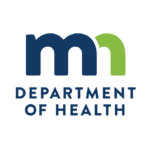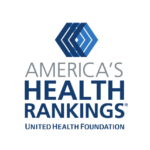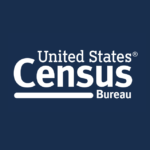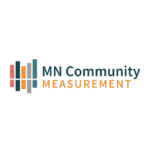Know Your Community
Demographic and socioeconomic factors such as age, gender, race, language, immigrant status, education, income, and employment, can influence a person’s health behaviors, affect access to health care, and indicate an increased likelihood of certain health conditions. Several data sources are available that can assist health care organizations in learning more about the characteristics of the communities they serve to develop the culturally responsive services and processes necessary to support the delivery of equitable and effective health care.
Explore the resources below based on your specific areas of interest:
National Interactive Data Sets
Explore a sampling (in alphabetical order) of national data sets that address a combination of demographic, socioeconomic, and health outcome data.
Analysis of national health on a state-by-state basis evaluating a historical and comprehensive set of health, environmental, and socioeconomic data to determine national benchmarks and state rankings.
Quantifies over 200 different health conditions to identify which diseases and conditions most affect Americans’ longevity and quality of life. Based on data from BCBS-insured members, see FAQ for details.
Shows the rank of the health of nearly every county in the nation, providing data, evidence, guidance, and examples to build awareness of the multiple factors that influence health.
Documents variations in how medical resources are distributed and used in the US using Medicare and Medicaid data to provide information and analysis about national, regional, and local markets, and hospitals and their affiliated physicians.
Provides users the ability to map, rank, trend, and download data comprised of more than 800 health indicators.
 Mapping Medicare Disparities (MMD) Tool
Mapping Medicare Disparities (MMD) Tool
The MMD Tool, which allows users to identify areas of disparities between subgroups of Medicare enrollees (e.g., racial and ethnic groups) in health outcomes, utilization, and spending, has been updated to include 2020 Fee-For-Service (FFS) data and 2021 FFS preliminary data. Watch the recently updated MMD Tool video for an overview of how to use the MMD Tool.
Provides access to selected demographic, social, economic, and housing statistics for the nation’s American Indian and Alaska Native (AIAN) population communities.
Provides state-level estimates related to health and health care – such as insurance coverage, access, cost, utilization, and outcomes – as well as equity and economic measures.
Access demographic and economic data in a centralized database.
Minnesota-specific Data
Explore a sampling (in alphabetical order) of Minnesota-specific data resources to further understanding and opportunity to address health disparities.
 Community profiles for Twin Cities Area
Community profiles for Twin Cities Area
Information and trends from the Metropolitan Council about the Twin Cities region or any city, county, or township, including charts and data on population, employment, income and poverty, commuting, land use, and development.
Track and analyze trends and data on the topics that impact Minnesotan’s quality of life.
Explore health care quality and cost data and annual reports on topics such as disparities by insurance type and disparities by race, ethnicity, language, and culture of origin.
View reports on Minnesota health care disparities.
 Minnesota Department of Health Data, Statistics, and Legislation
Minnesota Department of Health Data, Statistics, and Legislation
Explore data across diverse topics, including diseases and conditions, health behaviors and risk factors, health care cost and quality, workforce, and more.
 Tobacco and Nicotine Use in Minnesota
Tobacco and Nicotine Use in Minnesota
Information about youth and adult tobacco use and trends from the Minnesota Department of Health.


 BCBS Health Index
BCBS Health Index County Health Rankings
County Health Rankings Dartmouth Atlas
Dartmouth Atlas Kaiser Family Foundation
Kaiser Family Foundation My Tribal Area
My Tribal Area SHADAC
SHADAC Minnesota Compass
Minnesota Compass MN Community Measurement
MN Community Measurement